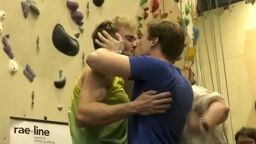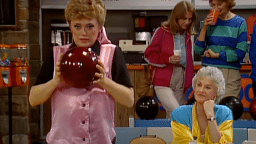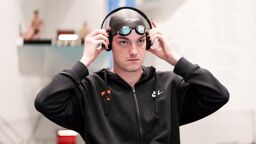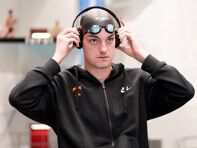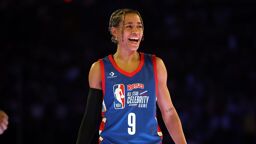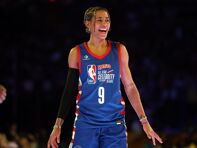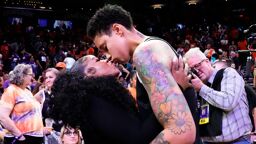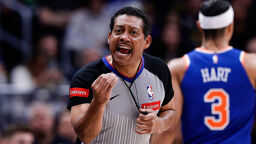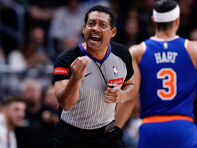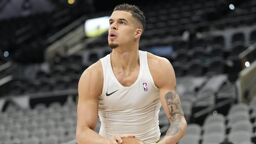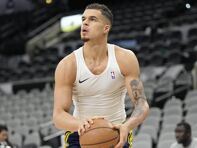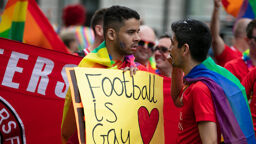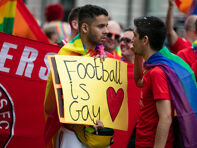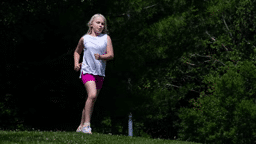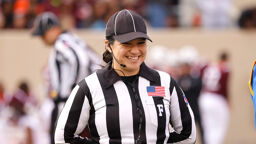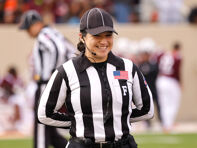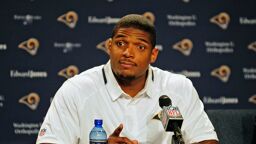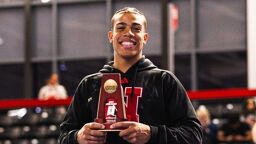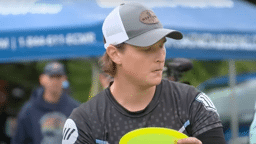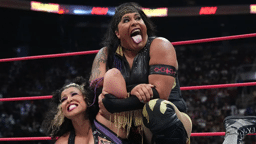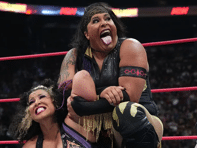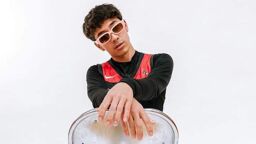(This story was published in 2003).
Ashly Massey, an eighth-grader in California was forced to spend two weeks in the principal’s office while her classmates were in gym class. Her offense? She disclosed she was a lesbian.
The student had been sent to the principal’s office because the physical education teacher was uncomfortable with Massey’s sexual orientation. The teacher’s action, while morally offensive, was also likely illegal under California law.
Ashly Massey’s story became national news when the American Civil Liberties Union and National Center for Lesbian Rights (NCLR) sued the Banning School District on her behalf late last year. The case is still pending.
To Helen Carroll, coordinator of the Homophobia in Sports project at the NCLR, Massey’s case is a textbook example of the prejudices confronting gays and lesbians on a daily basis, especially in issues regarding sports. And it’s this prejudice that Carroll is determined to meet head-on.
“I’m just an old basketball coach,” Carroll, 50, says in a self-deprecating way that belies her effectiveness as an advocate. In her job with the NCLR, Carroll is at the forefront of fighting discrimination against gays and lesbians in high school, college and pro sports.
“I’m not a lawyer,’’ adding that she acts as an intermediary with the center’s lawyers and the offending athletic department and officials. She might not be a lawyer, but her background has extensively prepared her for the challenges she faces.
Carroll’s long career as a basketball coach and college athletic director gives her credibility when examining complaints. She speaks the language of the locker room and the coach’s office. Her 1984 University of North Carolina-Asheville team won the NAIA women’s national college basketball championship, making her the first woman to win an NAIA title. From 1988-2000 she was the athletic director of Mills College in the Bay Area.
In dealing with schools and sports organizations Carroll’s goal is always the same: no athlete should be harassed or discriminated against because of their sexual orientation. The NCRL, a small nonprofit based in San Francisco, will cajole, educate and, if necessary, threaten legal action to create a tolerant atmosphere.
“If there are no consequences [to homophobic behavior], you can educate out the wazoo and it doesn’t matter,” Carroll said of the need to threaten litigation.
Positive Momentum
Carroll sees the issue of gays and lesbians in sports as having a “momentum that is going so quickly.” In alluding to former NFL player Esera Tuaolo’s public coming out last year, Carroll notes that “the public is seeing out football players with kids.” Tuaolo and his partner are parents of twins.
“Before two years ago, we had a lot of individuals like Patty Griffin at UMass and Mike Muska at Oberlin College who were doing great work individually,” Carroll told the New York Daily News in July. “Now we are pulling all those resources together to really change the atmosphere for lesbians and gays in sports. That has really set the ground work for change.”
In addition to the Massey case, Carroll has been involved in a variety of issues that show the extent of homophobia in the sports world:
Cindy Butz was a member of the Philadelphia Liberty Belles of the women’s pro football league, who charged an assistant coach with sexually harassing her because she was a lesbian. As part of the settlement brokered by the NCLR, sexual orientation will now be included in the team’s anti-discrimination policy.
A standout player on a Div. I women’s college basketball team in Colorado was removed from the team and forced to miss her senior season for creating dissension. Her crime? Wearing a gay pride T-shirt. She is seeking to get her scholarship money back.
A lesbian soccer coach at a community college was harassed by the football coaches. The athletic director was very proactive and decided to hold diversity training. “It wound up being very positive,’’ Carroll said.
These cases represent some of the challenges faced by gay and lesbian athletes as they struggle with reconciling their sexuality in often hostile environments. Men and women face different challenges, Carroll said.
“There’s a lot of harassment in men’s athletics. A lot of the hazing has to do with homophobia in sports,” she said. A key to overcoming this ingrained prejudiced is for coaches “to set an atmosphere on the team so each player can play to the best of their ability.”
The former coach is convinced that change starts from the top. Which is why she is dismayed and angry at the so-called “negative recruiting” that takes place in women’s athletics. The issue became mainstream news following a major story in the Washington Post in January.
Basically, negative recruiting involves a coach subtly (or not) implying that a rival is gay in attempt to scare the parents of a recruit. Carroll was quoted in the story as calling it the fear of the gay “boogeywoman” who will make their daughters choose a lesbian sexual orientation.
Negative recruiting is the “biggest drawback to getting Division I coaches to come out,” Carroll told participants at the Outsports convention in February. Women already struggle to get head coaching jobs and don’t want a public declaration of being a lesbian to be one more reason to deny them a job.
Carroll sees the Washington Post story as a landmark in airing the issue talked about before only in the shadows. It named names and has led to a discussion of the topic among NCAA coaches and administrators. HBO is conducting research to do a segment on the subject for its “Real Sports” series.
Climate Warms Up
The raised public consciousness is one reason Carroll sees the cultural climate for acceptance of gay and lesbian athletes going from cold to lukewarm. She cites as a positive the NCAA including sexual orientation in its non-discrimination clause.
Her background as a coach and athletic administrator has made her acutely aware that dealing with homophobia on campus has to be addressed in a general discussion of discrimination.
“How do you discuss the subject [with a team] without it taking over the program?” Carroll asks. Too intense a focus can be a distraction, and she encourages coaches to bring it up in their first team meeting of the season. “We can deal with 75% of the problem simply by mentioning sexual orientation” to athletes, she added.
Carroll is flexible enough to realize there is no one-size-fits-all approach to deal with a prejudice that has long haunted athletics. And she is not naïve enough to think the problems will go away simply with visibility. The “old coach” who once took a losing, rudderless program to a national title realizes there are no shortcuts and no substitute for hard work and perseverance.
“I’m in it for the long haul,” she says.
About Helen Carroll
–Family: I am definitely a Southern gal born and raised in Tennessee, where everyone’s grandmother played great basketball so the sports heritage is strong. My family is comprised of my former partner and myself sharing the raising of our 4-year-old twin daughters, Mica and Savannah, with their “aunties” Jenean and Laurie (who watched them being born and are an everyday integral part of their growth). My stepson Brian, 15, completes the picture.
–Hobbies: Raising the twins as we play all kinds of sports (plus some dress-up!). Sea kayaking, hiking and, of course, basketball. Just being still and reading is a fun activity.
–Favorite Sport to Watch: Once being a coach, it’s hard to watch and not be directing the action; however, women’s college basketball in person and on television has great strategies and play.
–All-time favorite game as a coach: In the National Association of Intercollegiate Athletics (NAIA) national basketball championships, we won the 1984 national title in overtime with a long outside shot in the final seconds of overtime. That made me the first woman in NAIA history to coach a national basketball championship title team. WHAT A GAME!
–Athlete you coached you are most fond of: Actually, it is every young person I had the opportunity to coach as each of them brought such special gifts to the team and to me as a person; they continue to do that. Sheila Ford does come to mind–a 6’4″ woman who who led the nation in rebounds (all basketball levels, NCAA, NAIA and men’s professional) her senior year. An amazing fact is that other colleges did not recruit her because they thought her large size would keep her from being a great athlete. She completed her senior year as Most Valuable Player of the Nation.
–Current athletes you admire: Jennifer Azzi, former Stanford basketball standout now with the WNBA, and Teresa Weatherspoon, also with the WNBA. They tried to make a professional basketball league with a new model of operation develop; they took the chances when the NBA did not, setting the stage for pro women’s ball. Of course, the American Basketball League didn’t make it due to many reasons, but we were able for a short time to live that excitement with the owners, coaches and players of that league. I also really admire how the Women’s United Soccer Association has developed their professional teams.



